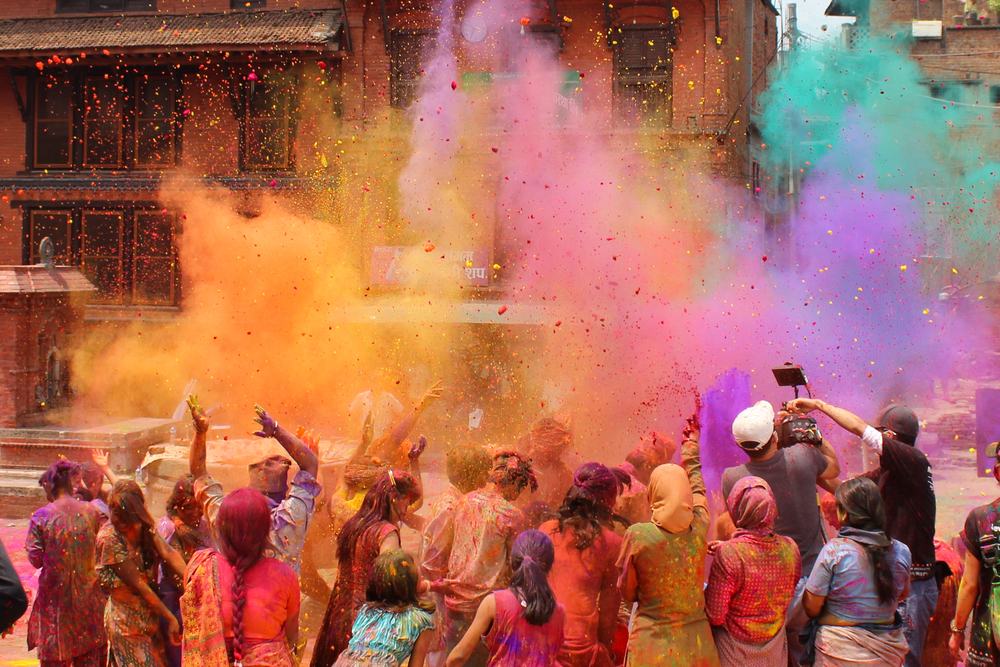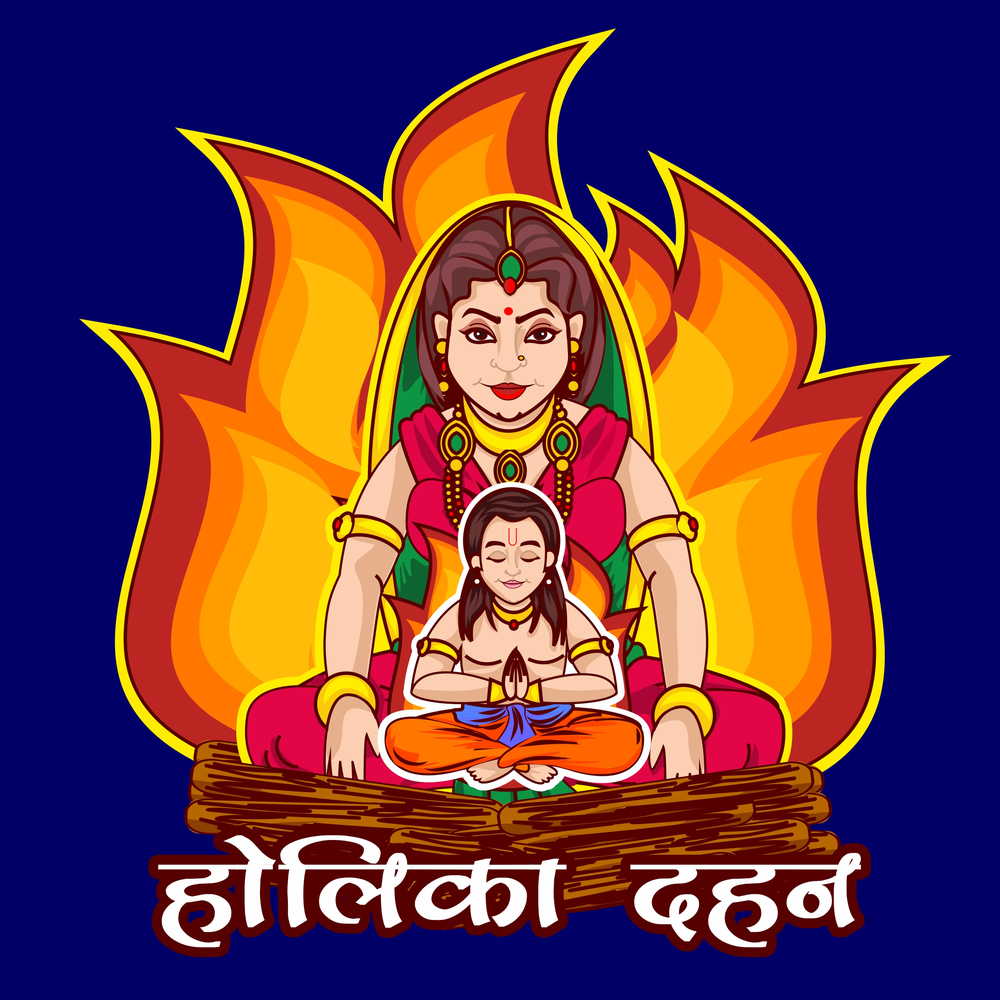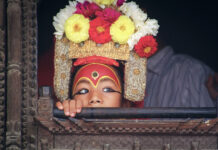Holi is one of the major festivals of India and is celebrated on different dates every year. This Indian festival is observed at the end of winter, in the month of March, after the full moon.
In 2020, it will be observed on 9 and 10 March.
What is Holi?
Holi is considered as one of the most revered and celebrated festivals of India and it is celebrated in almost every part of the country, and also across the globe, ushering in a carnivalesque mood among people of all age groups each year. It is also sometimes called the “festival of love”, as on this day people get to unite together forgetting all resentments towards each other.

The Celebrations
It is celebrated with the name Holika Dahan or Choti Holi on first evening of the festival, and the following day is called Holi.
The ritual starts by lighting up the bonfire one day before the day of Holi, symbolising the triumph of good over the bad. On the day of Holi people play with colours and drench each other in coloured water through water guns or balloons.

What is the legend behind Holi?
According to Bhagvata Purana, King Hiranyakashipu, the king of demonic Asuras, who could neither be killed by a man or an animal, grew arrogant and demanded that everybody should worship him as a god.
The king’s son, Prahlada, disagreed and chose to remain devoted to Lord Vishnu. Hiranyakashipu was infuriated and subjected his son to cruel punishments. Finally, Holika, the king’s sister, tricked him into sitting on a pyre with her. While Holika protected herself with a cloak, Prahlada remained exposed. As the fire blazed, the cloak flew from Holika’s body and encased Prahlada, saving his life.
Later, Vishnu appeared in the avatar of Narsimha, half man and half lion, and killed the king. This is why Holi begins with the Holika bonfire, which marks the end of evil.
According to another legend, Lord Krishna had developed a characteristic blue skin colour after Putana, a demon, poisoned him with her breast milk. Krishna worried if the fair-skinned Radha and her companions would ever like him because of his skin colour. Krishna’s mother then asked him to approach Radha and smear her face with any colour he wanted. The playful colouring gradually evolved as a tradition and later, as a festival observed as Holi.
Did you know?
The use of synthetic colors during the festival of Holi is a concern for some people. However, many prefer playing with water and some homemade natural colors. Natural colors are derived from indigo, sunflower, and marigold flowers!
Never miss out again, have every latest edition delivered to your doorstep! Subscribe here or if you prefer reading online, download the e-versions here!











